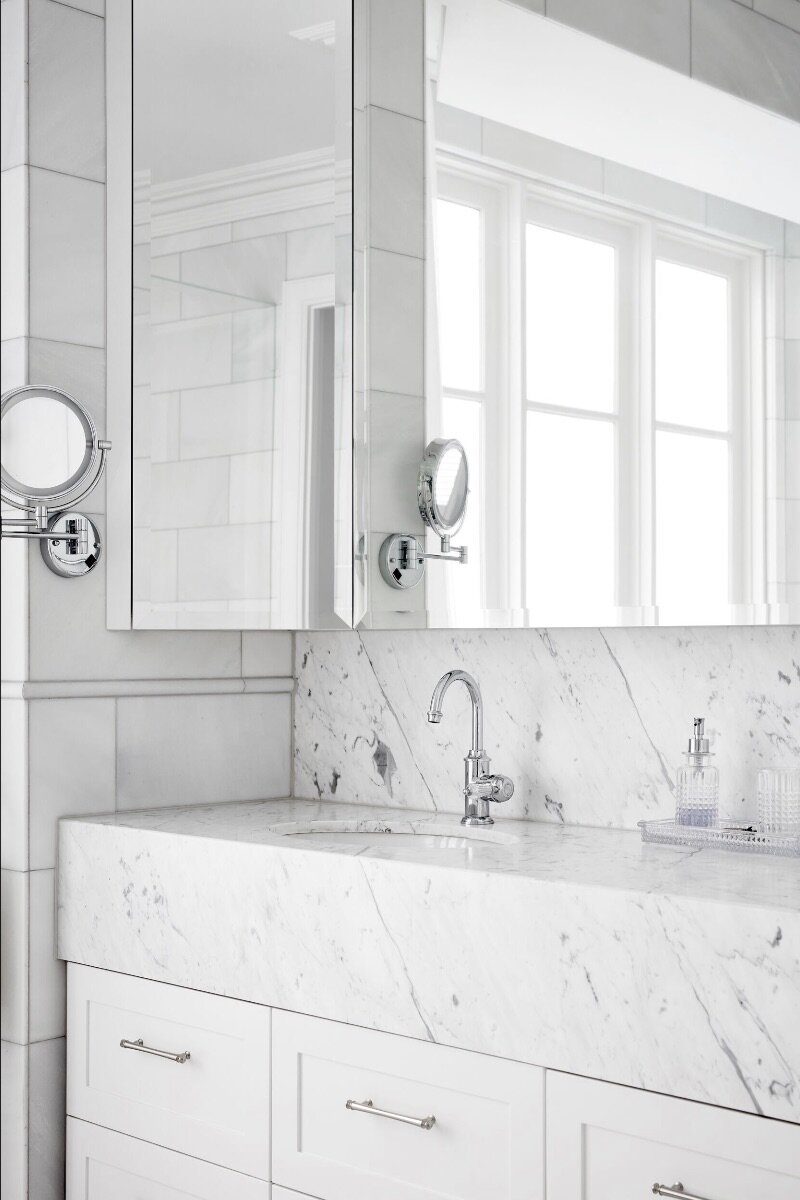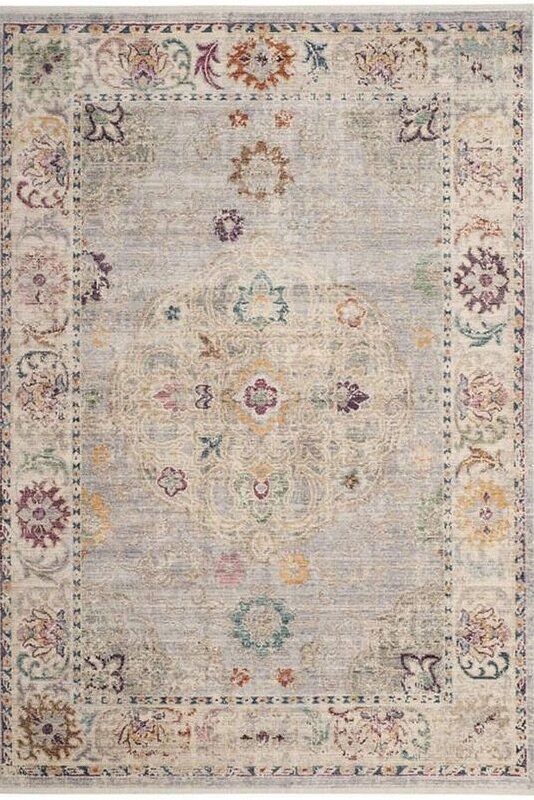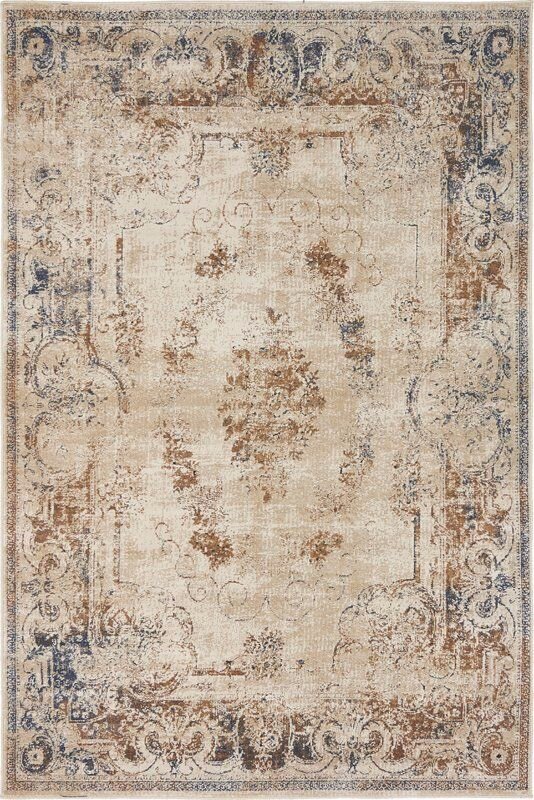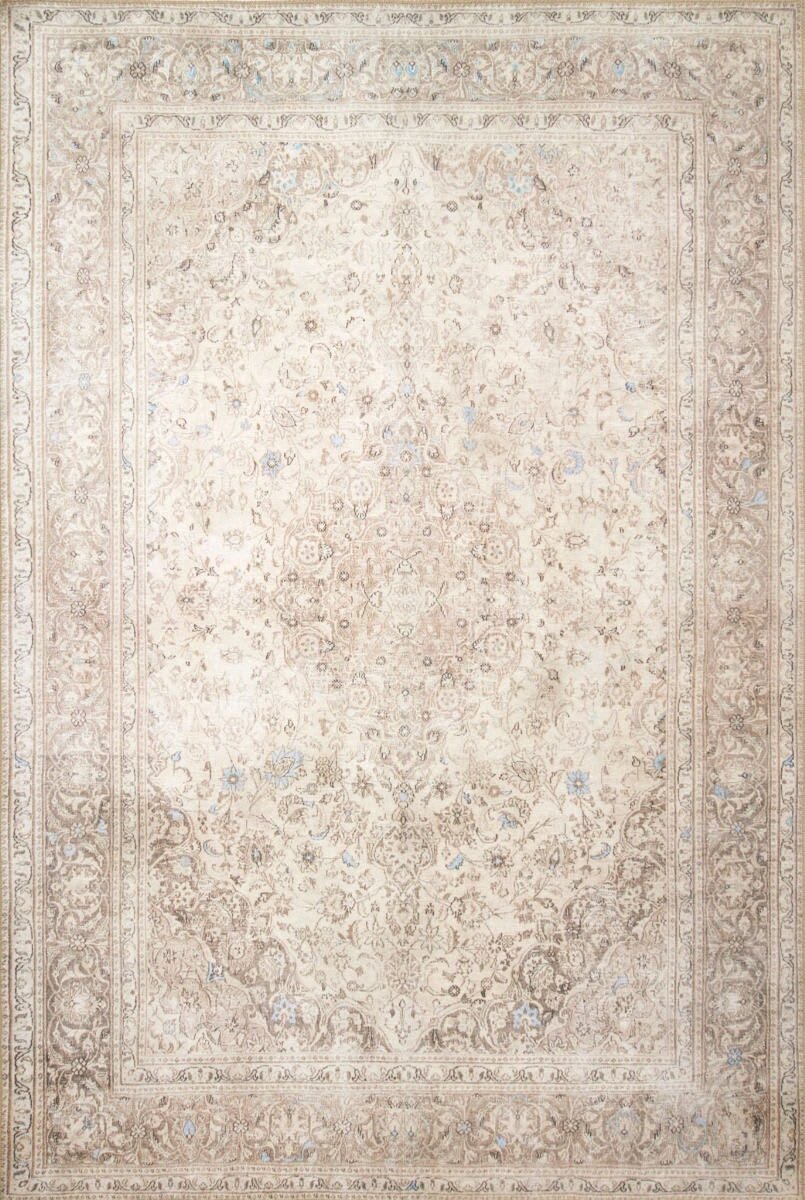BLACK ACCENTS
When looking for some contrasting black accents, I search for classic pieces that are both functional and aesthetically pleasing. Quality is, of course, another important factor, and below are some pieces that I feel really hit the mark...
Reproducing a late 19th Century French double ended bath, the new 'Martha Bath' by London based company The Water Monopoly is a luxurious addition to both modern and traditional bathrooms.
With an opportunity to select brass or copper as the bath’s base material, finish options include high polish, tinned or painted.
The baths may be lacquered or remain unlacquered to patina naturally over time. With a deep base and curved sides for additional comfort, the Martha inspires long hours of soaking, preferably with a glass of champagne in hand.
Available at The English Tapware Company
www.englishtapware.com.au
The 1459 18 'Dame Anglaise' tap in black has been hand made in Italy by Bruno Nicolazzi using low lead brass since 1960. Nicolazzis handmade organic mixers are stylish in design and can be ordered with a variety of handles and in a range of finishes. In black, it is a perfect contrasting accent to an all-white kitchen, or it can be used with other black finishes for a very dramatic look.
Available at Canterbury Sink & Tap
www.sinkandtap.com.au
Wall panelling is a lovely addition to any interior! In black, it is stunning and practical choice for a hallway. It will take all the knocks and scuffs that a plain painted wall or wallpaper won't. It's a dramatic look that can be easily replicated, as a DIY project or call in the experts.
Choose a straight black or a deeper shade of paint for a low-maintenance look, and be sure to pick a paint with a wipeable finish. Team it with neutral furnishings for a truly timeless look.
Black granite is one of the most beautiful stones that you can choose for your countertop, backsplash or vanity top. Black granite countertops are very stylish and easy to maintain. When it comes to black countertops, choosing black granite is one of the best options available on the market.
While a black bench top can sometimes be a severe selection visually, when teamed with subtle warm white joinery, in a flat or low sheen finish, the look will be soft and more forgiving.
Available at CDK Stone and various stone suppliers.
www.cdkstone.com.au
Large statement furniture pieces are a favourite of mine. Ralph Laurens Sheltering winged club chair is updated in distressed black leather. Featuring an ultra blendown cushion, upholstered back, and nail trim. Casters on the front legs are available in antique brass, polished nickel, or pewter.
It is a handsome piece that will add a dramatic punch to a classic interior!
For stockists go to: www.raplphlaurenhome.com
Porter's Paints create rich and beautiful colours, designed by their expert colourists. Crafted with a blend of fine quality pigments to create depth, complexity and character. Their 'Van Helsing' black, is almost black and beautifully subtle.
It's a nice selection for walls or timber work in a dark moody interior.
Available at Porters stores and through Dulux
www.porterspaints.com
And just for fun, don't forget to accessorise. Black accent pieces left sitting on a chair or a stack of books can be wonderfully theatrical. This Bowler hat, sometimes known as a Derby or Coke is a true British classic. The Bowler hat is believed to have been originally designed for Edward Coke. He needed something to protect his head whilst out riding and the Top Hat, typically worn, kept getting knocked off from over-hanging branches. The Bowler's popularity, which once defined civil servants and bankers has increased over the years and become a fashion statement. The Christys' luxury Black Fur Felt Bowler hat comes with a 2.5cm Grosgrain Ribbon Band and Bow. Fully lined with Christys' Red Satin.
Available at Christys' London
www.christys-hats.com

























